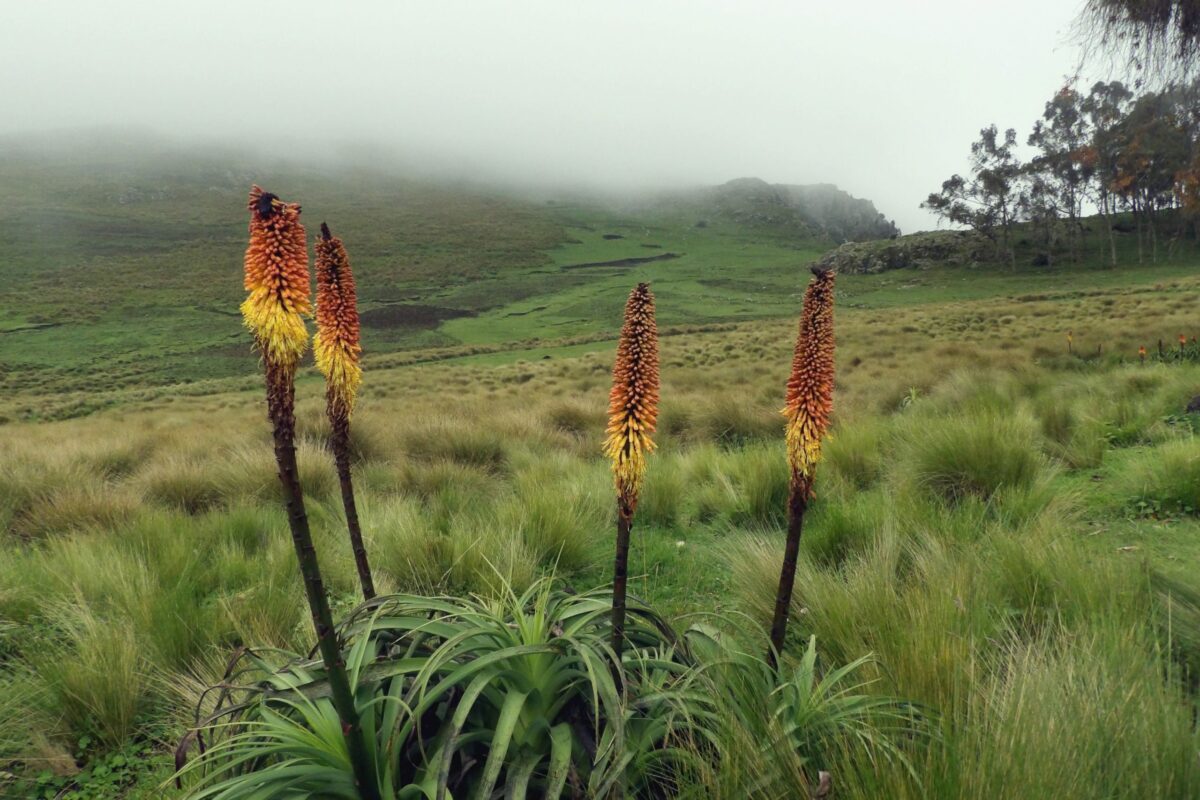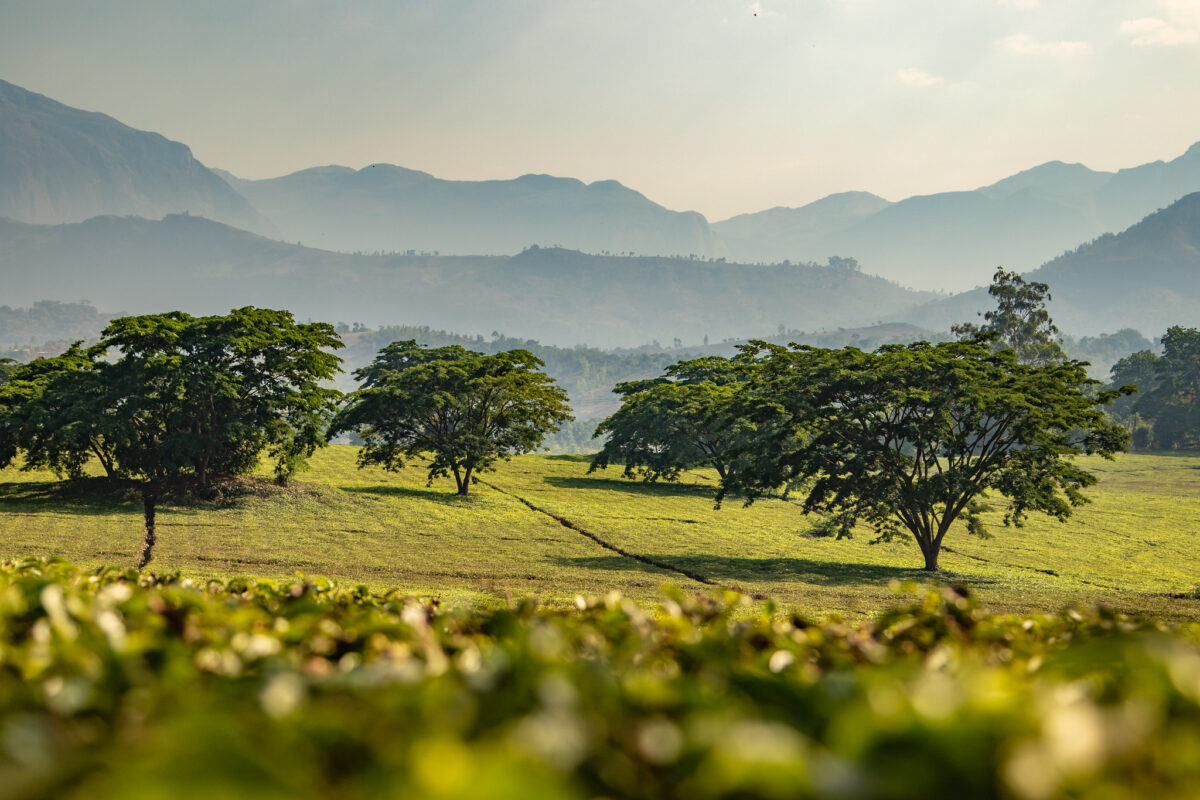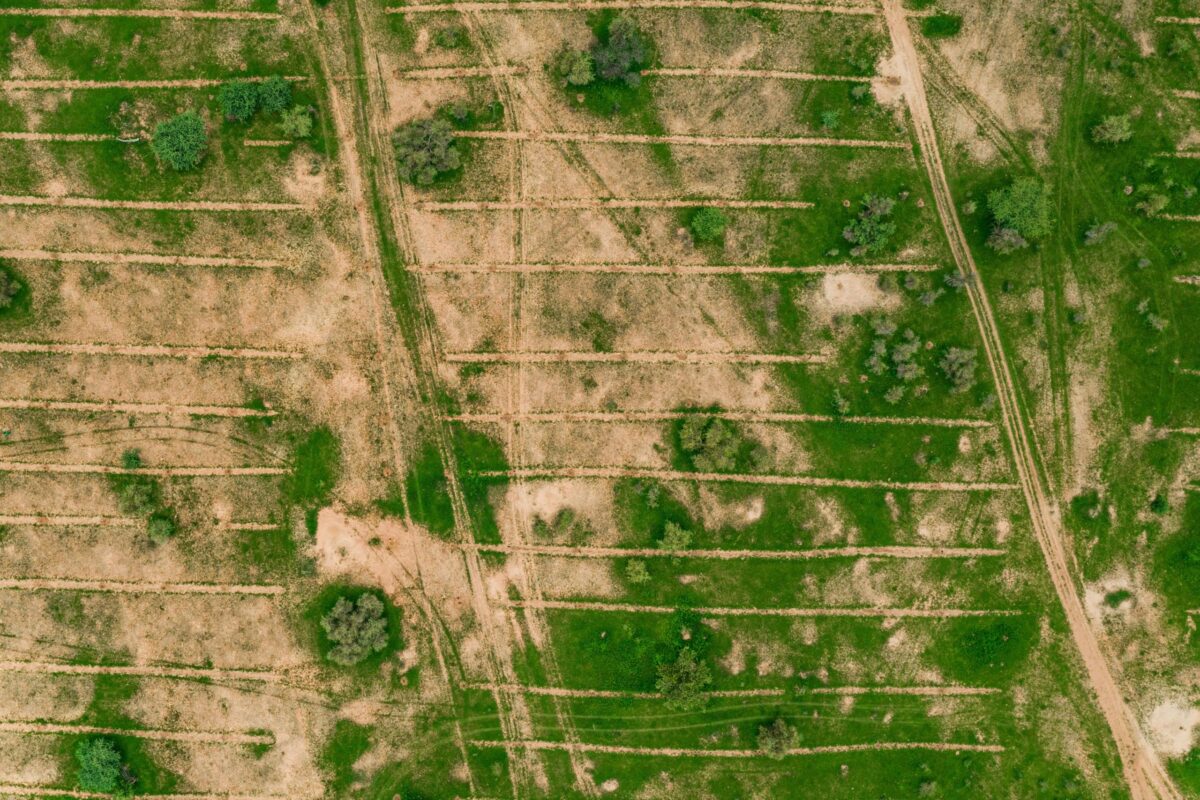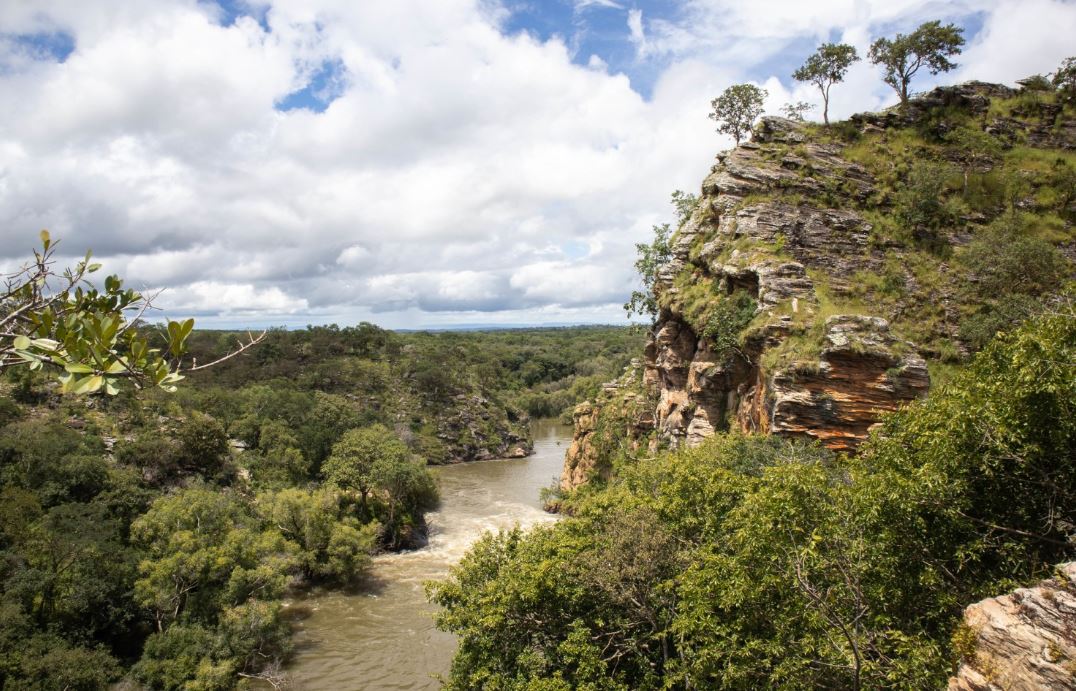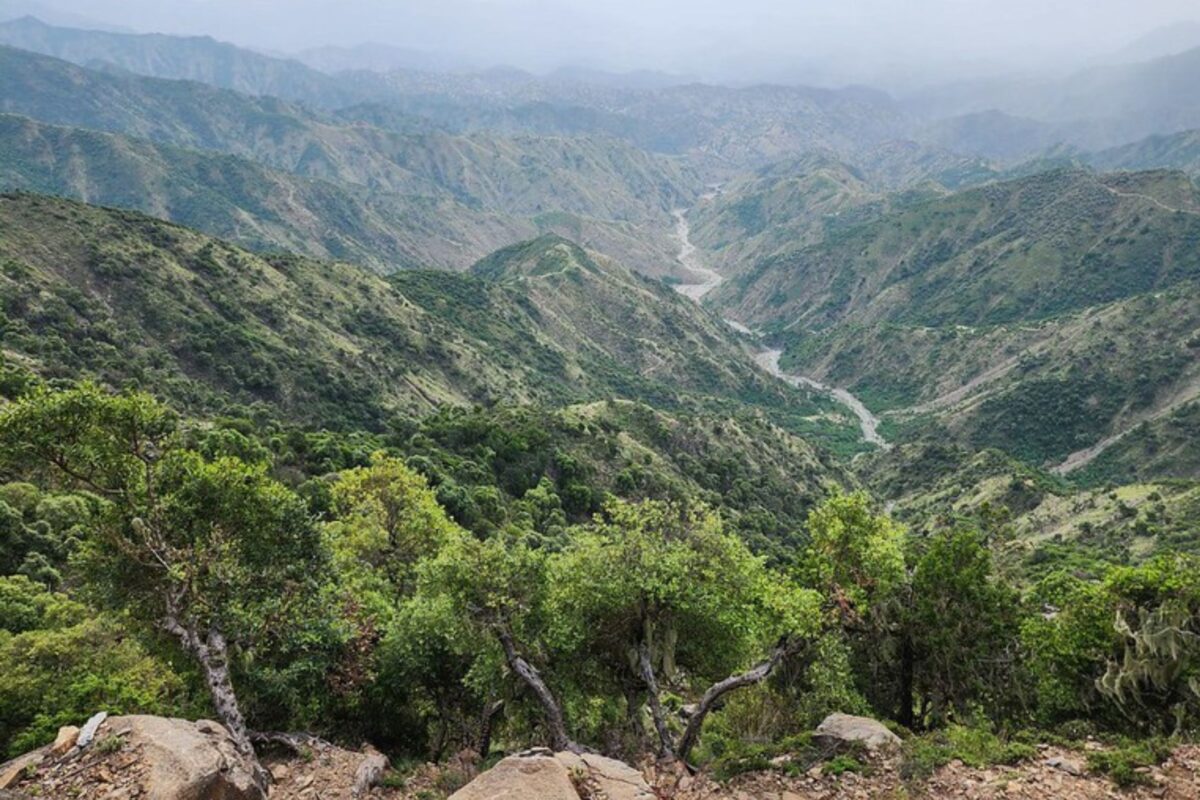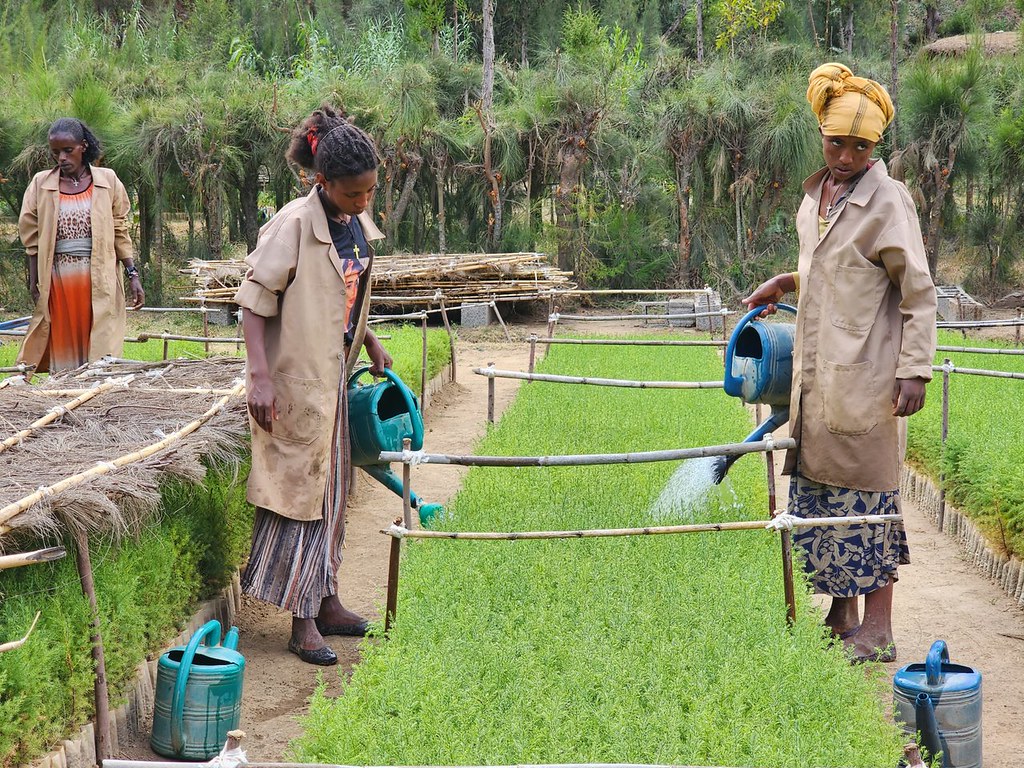1. Protect existing forests first
Keeping forests in their original state is always preferable; undamaged old forests soak up carbon better and are more resilient to fire, storm and droughts. “Whenever there’s a choice, we stress that halting deforestation and protecting remaining forests must be a priority,” says Prof. Alexandre Antonelli, director of science at Royal Botanic Gardens, Kew.
No-one would disagree that protecting forests first is essential. In practice, it means the root causes of deforestation have to be identified and addressed, and degradation halted. In most cases the root cause is a lack of governance, which requires strengthening institutions in charge of forest management. This is no easy task, but it must be a priority for any kind of lasting change.
2. Put local people at the heart of tree-planting projects
Studies show that getting local communities on board is key to the success of tree-planting projects. It is often local people who have most to gain from looking after the forest in the future.
Community involvement is crucial at all stages of a project if it is to be successful. During project design it is essential, but also in governance, management and protection for the long term. In Zambia and Ethiopia, for example, community participation in the design, adoption and monitoring of local policies reduces pressure on the forest.
3. Maximise biodiversity recovery to meet multiple goals
Reforestation should be about several goals, including guarding against climate change, improving conservation and providing economic and cultural benefits.
It should indeed. These goals can look very different depending on the project location and situation. In some sites, reforestation will reduce flooding, erosion and landslides, all of which have economic and humanitarian consequences. This is particularly important as climate change causes more regular extreme meteorological events. In others, restoration can reconnect isolated forest fragments to create wildlife corridors that support animal and plant populations to thrive.
4. Select the right area for reforestation
Plant trees in areas that were historically forested but have become degraded, rather than using other natural habitats such as grasslands or wetlands.
Not all land without trees is suitable for tree-planting. Natural habitats like grasslands have their own ecosystem, and delicate, long-lived relationships between plants and animals. We should concentrate on former forest lands, and look at the whole landscape to focus efforts to enable connectivity and create viable livelihood schemes. And there are plenty to focus on. Over 420 million hectares have been lost since 1990, according to the FAO.
5. Use natural forest regrowth wherever possible
Letting trees grow back naturally can be cheaper and more efficient than planting trees.
Natural regeneration has much higher survival rates than tree planting, and is a part of most of our projects where we “assist” regeneration by enrichment planting, fencing and management like pruning that makes regrowth even faster. To work, it needs a sufficient number of trees that will produce seeds for the new trees to grow, and in some cases, active planting might still be the best or only option if there is not a large enough population of mature trees that provide seeds.
6. Select the right tree species that can maximise biodiversity
Where tree planting is needed, picking the right trees is crucial. Scientists advise a mixture of tree species naturally found in the local area, including some rare species and trees of ecological and economic importance, but avoiding trees that might become invasive.
Another reason why local knowledge and expertise (rule 9) is crucial. We have seen restoration of degraded land in Ethiopia with non-native Prosopis juliflora in the 1970s and 1980s that has invaded a huge area of rangelands, affecting the livelihoods of pastoralists. The negative impact of exotic trees often takes decades to become evident.
While it is essential to have a wide diversity of species, of utmost importance is finding the right combination of those that provide food resources for fauna and that are essential in structuring the new forest, growing a forest canopy quickly enough to cut light from the invasive grasses, yet promoting conditions for the natural regeneration of trees, shrubs and herbs. Creating favourable conditions for wildlife in Brazil, for example, means selecting combinations of the 120 species found in the nurseries to ensure that large seeded tree species and even palms are included as a food source for animals.
7. Make sure the trees are resilient to adapt to a changing climate
Use tree seeds that are suitable for the local climate and how that might change in the future.
This is crucial, and potentially overlooked. There are tree species that adapt more easily to a changing climate by evolving their growth traits and habits. Even those that are more resilient can be challenged by unexpected rain failures due to climate change, and surviving these droughts can be supported by good soil moisture management techniques that can take a great deal of planning ahead (the next rule) to get right.
8. Plan ahead
Plan how to source seeds or trees, working with local people.
“Mother trees” that produce seeds are increasingly rare in some regions, and documenting the location, flowering and fruiting calendar to collect the right quality and quantity of seeds at the right time is important. Getting it wrong can mean missing a whole year! The seeds also need enough time (and space) in nurseries to make sure that they have the best chance of germination and growth. In our Desa’a project, for example, Ethiopian native trees like Juniperus procera and Olea europaea stay in the nursery for at least 1.5 years before planting. Sourcing seeds locally increases seed resilience and creates jobs for the poorest people, mostly women.
9. Learn by doing
Combine scientific knowledge with local knowledge. Ideally, small-scale trials should take place before planting large numbers of trees.
In Brazil, our trial to phase out herbicides and insecticides typically used in restoration is a great example. We’re testing several different approaches to identify the one that will deliver the best results before we scale. Local knowledge should always be combined with good monitoring and evaluation systems to assess changes and impact, and adapt where needed. In the choice of tree species to be planted we use the existing local and scientific knowledge on lifeform traits and characteristics such as tree architecture, behaviour (light demanding versus shade tolerant), nitrogen fixing and the potential uses into consideration.
10. Make it pay
The sustainability of tree re-planting rests on a source of income for all stakeholders, including the poorest.
Creating value can be achieved using various approaches. Sustainable forest management; promoting Non-Timber Forest Products, such as honey from beekeeping; agroforestry; promoting alternative livelihoods such as vegetable production, poultry or livestock to replace incomes from charcoal or firewood; and carbon credits. The tricky part is balancing benefits for “all stakeholders” – investors are often looking for returns. How do you balance the modest needs of the community with the need to mobilise billions of dollars that is dependent upon profits and speculation on the carbon market?
Finally, we’d add two more golden rules to the list:
11. Take a whole landscape approach
Forest and landscape restoration (FLR) is more than just planting trees – it is restoring a whole landscape, regaining ecological functionality and enhancing human well-being.
12. Stay for the long term
While anyone can plant a tree, maintaining forests a thriving forest takes decades. Ten year is, in our experience, the length of time needed to make sure that the local population sees the importance and benefits of preserving the planted trees and that they have attained a certain size to give a forest structure and composition.
RBG Kew and BGCI’s Reforestation for Biodiversity, Carbon Capture and Livelihoods conference is taking place online on 24-26 February 2021, and will feature WeForest’s WeForest’s Partnerships and Communications Director, Jessica Chalmers, as a speaker. Read more about RBG Kew’s 10 Golden Rules here.


